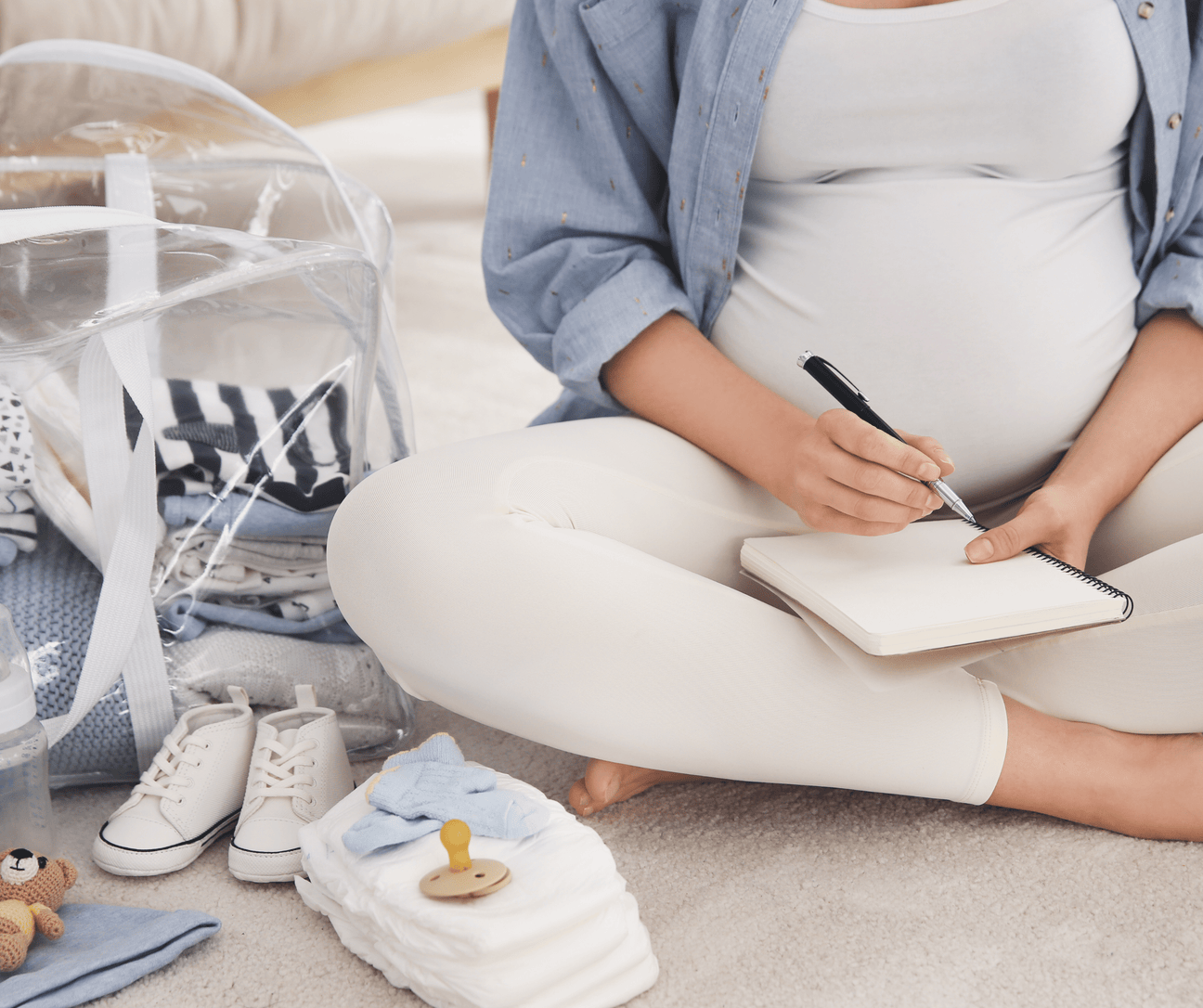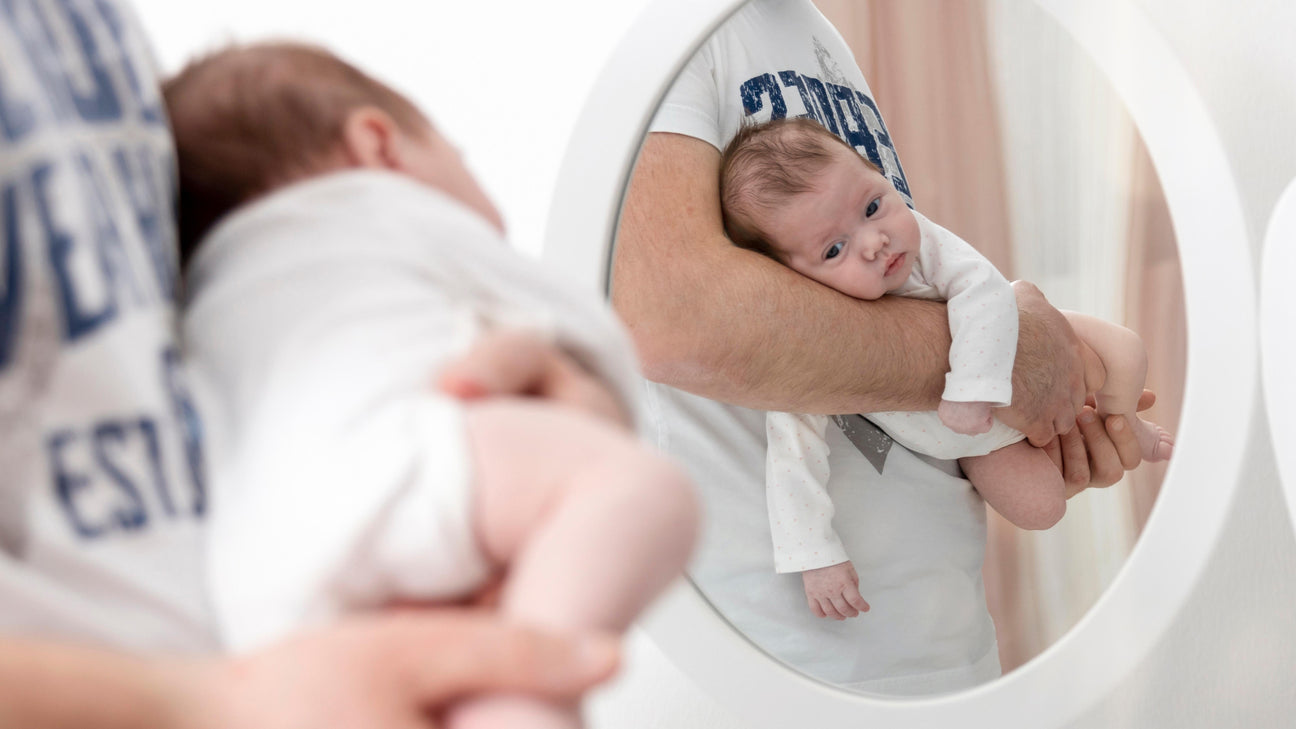The Science of Babywearing: Evolution’s Blueprint for Connection
Babywearing is often seen as a parenting trend, yet the science of babywearing reveals something far more profound: human babies are born to be carried. From our evolutionary past to modern neuroscience, carrying isn’t simply practical, it’s biological, emotional, and deeply human.
Bernadett Berecz, Ph.D. is an internationally certified lactation consultant (IBCLC), babywearing and sleep consultant, and researcher dedicated to helping families build secure, nurturing relationships from birth. Through her practice at belibuba.hu, she blends science and empathy, supporting parents with evidence-based guidance on infant feeding, bonding, and development.
With a background in evolutionary biology and infant behavior, Dr. Berecz’s work explores how ancient caregiving practices, like carrying, breastfeeding, and co-regulation shape healthy attachment and growth. She is passionate about translating research into practical tools for modern parents, empowering them to trust their instincts and respond to their babies with confidence and care.

Exploring the Evolutionary Roots and Benefits of Carrying Your Baby
Have you ever noticed how a newborn instinctively curls up against your chest, how their tiny fingers clutch your skin, or how they calm the instant you start walking? It’s not magic, it’s millions of years of evolution at work.
Babywearing is often described as a lifestyle choice or parenting trend, but science tells us something far more fascinating: human babies are born to be carried.
The Ancient Origins of Being Carried
Long before strollers, bassinets, and car seats existed, human babies, just like the young of our primate relatives spent most of their days in close contact with their caregivers. In evolutionary terms, carrying isn’t an invention of modern parents; it’s a biological heritage going back at least 55 million years, to the dawn of the primates.
Among mammals, there are three main ways to care for young:
- Nesting (as seen in rabbits or mice),
- Parking (leaving babies hidden while parents forage, like lemurs do), and
- Carrying, where the baby stays attached to the parent’s body almost constantly.
Humans fall into the third category. Our ancestors - from early apes to Australopithecus and Homo erectus all adapted to carry their babies on the body. When our ancient relatives began walking upright, this close contact didn’t disappear; it simply changed shape. As body hair diminished and infants could no longer cling by themselves, caregivers found new ways to keep babies close, using their arms, hips, and eventually the first handmade slings.
In other words, carrying our babies is as old as humanity itself, or even older.
The Science of Clinging: Babies Are Born Ready
Newborns might seem helpless, but they come equipped with remarkable reflexes that reveal their evolutionary past.
- Grasp reflex: Place your finger in a newborn’s hand, and they’ll grip it tightly, just as baby chimpanzees do when clinging to their mothers’ fur.
- Moro reflex: When a baby feels a sudden loss of support, their arms open wide in an instinctive “embrace.” This reflex likely evolved to help our ancestors’ infants cling during movement.
- Tonic and stepping reflexes: These help babies balance, stabilise, and adjust their bodies while being carried.
All these reflexes work together to make babies active participants in being carried. It’s a built-in survival system: they’re designed to hold on to us, and we’re designed to hold them.

How Carrying Shaped Human Evolution
When early humans began walking on two legs, something remarkable happened. Free hands meant new opportunities, toolmaking, communication, and cooperation. But it also created a problem: how do you carry a baby when your arms are busy?
The solution was simple and ingenious. Early humans likely began using tools made from plant fibres or animal hides to hold their infants close. These first slings allowed mothers to move freely while keeping their babies safe, warm, and soothed.
Researchers have called this innovation a turning point in human evolution. By allowing adults to work, walk, and socialise while caring for infants, carrying slings supported both infant survival and community development. Anthropologist Taylor once said: “It is the sling that makes us human.”
Carrying, it seems, was not only practical, it was transformative.
Carrying, the Brain, and the Birth of Language
As humans evolved, our brains grew larger and more complex. This meant babies were born earlier, more dependent, and with longer childhoods. Being carried ensured constant protection, but it also offered something else: a perfect ‘classroom’ for learning.
Carried babies are at adult height, seeing faces, gestures, and movements up close. They hear voices from the best possible distance for language development and experience the rhythm of conversation through vibration, tone, and body motion.
Scientists believe that carrying may have been crucial to the evolution of speech and social communication. When babies are carried, they can observe facial expressions and hear speech clearly, forming the neural connections that support both language learning and emotional intelligence.
Why We Tend to Carry Babies on the Left
If you usually carry your baby on your left side, you’re in good company, and you’re following a deep biological pattern. Across mammal species, from dolphins to chimpanzees, mothers tend to keep their young on the left.
Why? Because the right hemisphere of the brain, which processes emotions and social cues, connects to the left side of the body. When you carry your baby on the left, both of your brains are better tuned to emotional connection. It’s one of nature’s most elegant designs for bonding. 70-85% of mothers carry their baby on their left side.
The Calming Science of Motion and Contact
Ever wondered why babies calm down the moment you start walking? Researchers call this the carrying-induced calming response or transport response.
When a caregiver walks while holding or wearing a baby, the infant’s heart rate slows, muscles relax, and crying decreases. This effect has been documented in both humans and other mammals. It’s not just soothing, it’s an ancient survival reflex. For millions of years, moving silently and staying calm while being carried could mean the difference between safety and danger.
Carrying doesn’t only calm babies, it calms adults too. Physical closeness triggers the release of oxytocin, often called the “love hormone.” This biochemical bond reduces stress hormones, lowers blood pressure, and deepens the sense of attachment between parent and child.
So, when your baby finally settles against your chest and you both sigh in relief, that’s evolution, chemistry, and love working together.

From Fur to Fabric: The Invention of Baby Carriers
The first carriers were likely born out of necessity. Once humans lost body hair, babies could no longer cling on their own, and caregivers needed help keeping them close. Early slings, probably woven from plant fibers or animal skins allowed parents to work, gather food, and move efficiently while maintaining the physical contact that babies depend on.
Archaeological hints support this idea: a 15,000-year-old engraving from Gönnersdorf, Germany, shows a woman with a child wrapped at her body, perhaps the earliest known image of babywearing.
Across cultures and centuries, humans have continued to refine this tool:
- Inuit mothers used seal or caribou skin amauti parkas.
- African families wrapped babies with colourful cloth tied around the torso.
- Asian cultures developed structured carriers like the meh dai and h’mongs.
- Mexican women carried babies, and sometimes groceries in rebozos, descendants of ancient Aztec wraps.
The form may change, but the essence is the same: humans carry their babies because it’s the most natural way to nurture them.

The Modern Science of Touch and Bonding
Modern research confirms what our ancestors already knew: touch and closeness are vital for healthy development.
Infants who experience more physical contact show:
- Better regulation of stress and emotions,
- Stronger attachment to caregivers,
- Enhanced social and cognitive development,
- Healthier sleep patterns and immune function.
Even short daily periods of skin-to-skin contact (known from the WHO Kangaroo Care guidelines) can improve growth, reduce crying, and strengthen parent-infant connection.
When babies are carried regularly, their brains develop under ideal conditions: calm, safe, and filled with rich sensory experiences. Parents, too, benefit, carrying can reduce postpartum depression, enhance confidence, and make everyday life more manageable.
Carrying as Communication
Babywearing isn’t just about transport; it’s a conversation of movement, rhythm, and touch. Each sway and step teaches your baby about balance, body awareness, and trust. The baby’s body learns “I am safe, I am seen, I am held.”
This embodied communication forms the foundation for emotional regulation later in life. In fact, studies show that parents who carry their babies more respond more sensitively to cues, and those babies are more securely attached at one year of age.
Carrying in the 21st Century: Returning to Our Roots
In a world of bassinets, strollers, and digital distractions, it’s easy to forget that the human body is built for contact. For newborns, closeness isn’t a luxury, it’s a biological need.
When you wear your baby, you’re not “spoiling” them; you’re fulfilling an evolutionary expectation. You’re giving them what their genes still remember: warmth, movement, heartbeat, and safety.
Carrying reconnects us with a caregiving instinct that has shaped human survival for millennia. It allows parents to respond intuitively, to move freely, and to rediscover the deep, rhythmic bond that has always been at the heart of parenting.

In Summary: The Science of Babywering
- Babies are born to be carried. Our evolutionary story proves it. From early primates to modern humans.
- Carrying is communication. It fosters language, empathy, and connection. Allowing you to read your babies cues faster and respond quicker.
- Carrying shapes development. It supports brain growth, emotional balance, and social awareness.
- Carrying heals. The oxytocin it releases nurtures both baby and parent.
The next time you tie a wrap or buckle your baby into a carrier, remember: you are taking part in an unbroken chain that stretches back millions of years. You are not just holding your baby, you are continuing one of humanity’s oldest, most beautiful traditions.

References:
Berecz, B. et al. (2020). Carrying Human Infants – An Evolutionary Heritage. Infant Behavior and Development, 60(101460).






